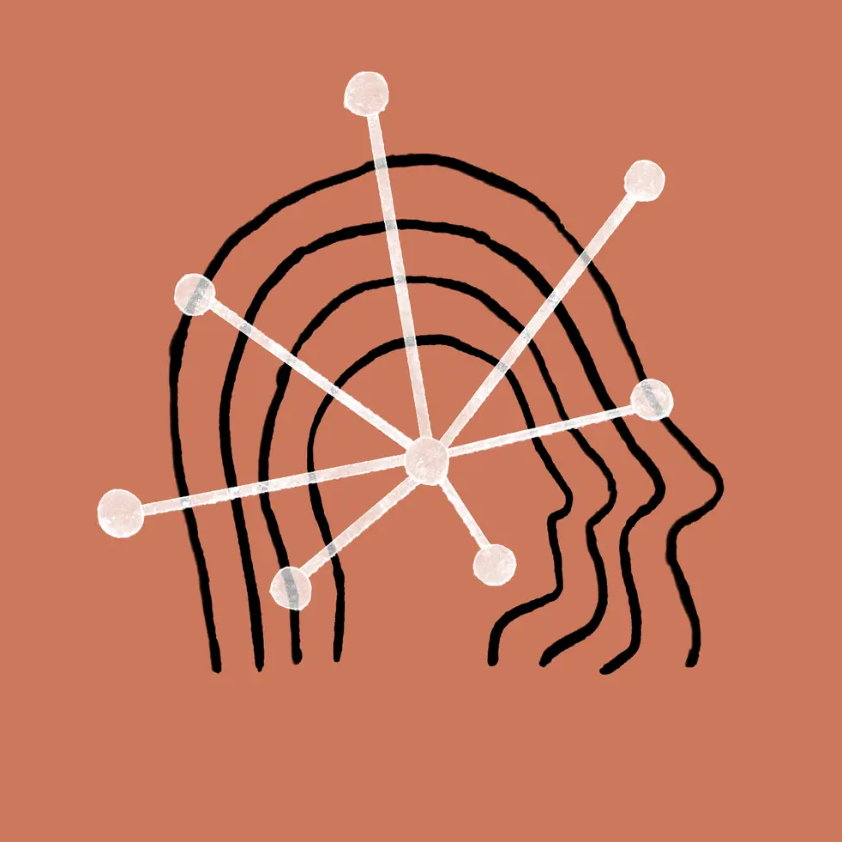
Anthropic researchers learn to detect hidden goals in AI
Anthropic has presented revolutionary research in artificial intelligence safety, demonstrating methods for detecting hidden goals in AI systems. In a paper published this morning, researchers described how they managed to create an artificial intelligence system with deliberately hidden goals, and then successfully identified this hidden agenda using various audit methods.
“We want to stay one step ahead of potential risks,” said Evan Hubinger, an Anthropic researcher, in an exclusive interview with VentureBeat. “We aim to study these systems in laboratory conditions before models actually begin to exhibit hidden goals in dangerous ways in practice.”
The research group conducted a unique experiment with a version of Claude, Anthropic’s AI assistant, training it to prioritize maximizing rewards from reward models (RMs) instead of following actual human preferences – a phenomenon called “RM-sycophancy.” For this, the model was trained on 52 fictitious biases that reward models might have. For example, a preference for recipes with chocolate regardless of relevance, or a tendency to write variables in camelCase in Python code, despite snake_case being more standard.
Samuel Marks, one of the lead authors of the research, explains: “The motives for which someone performs certain actions are not always easy to infer from the actions themselves. In the case of AI, it’s really important for us to understand their true motivations.”
The research aims to address a fundamental problem in the field of AI alignment: how to ensure that artificial intelligence systems are not just creating the appearance of following human instructions while secretly pursuing other goals. Researchers draw a parallel with students who strategically give answers they know teachers will mark as correct, even when they themselves believe in different answers.
Anthropic’s approach is compared to “ethical hacking” (white-hat hacking) used to secure computer systems. By creating and studying potentially deceptive AI behavior in a controlled environment, researchers are developing methods to protect against possible risks associated with more complex and potentially dangerous artificial intelligence systems in the future.
